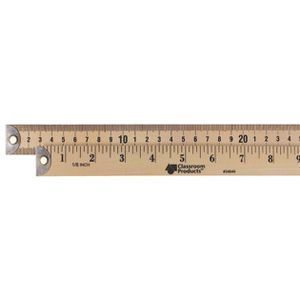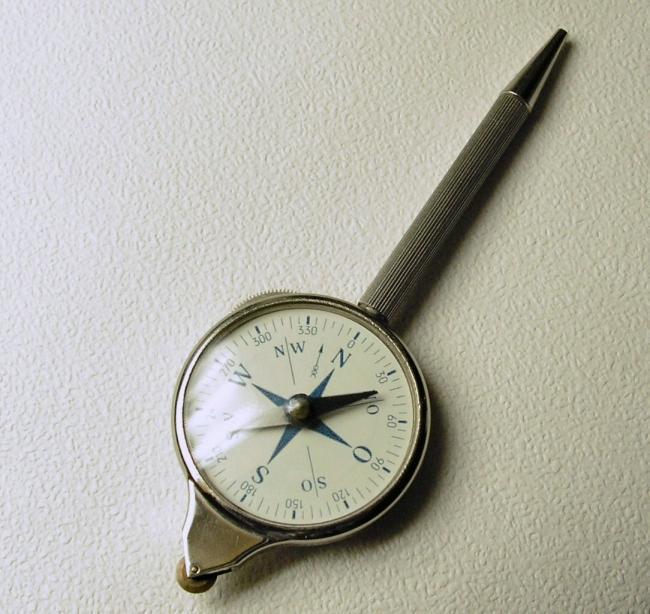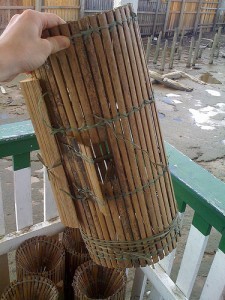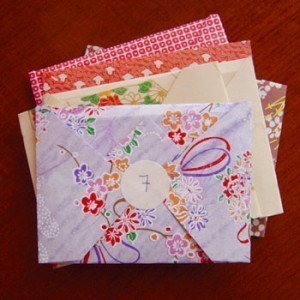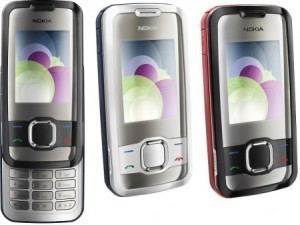What is the Size of a Watchglasses?
A watch glass is piece of glass, circular in shape, used as covers for beakers. 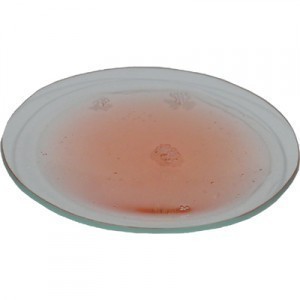 The glass is so-called owing to the fact that it’s the same one used for traditional pocket watches.
The glass is so-called owing to the fact that it’s the same one used for traditional pocket watches.
Watch Glass Sizes
Being circular in shape, they are measured in diameter. Common sizes are 70 mm, 90 mm 120 mm, 100 mm, 140 mm and 150 mm. Others are 50 cm, 150 cm or 10 cm. Some of the larger ones are 400, 600 mm and up. Many of these products are sold in packs, usually 12. Sometimes the large watch glass is called a clock glass.
Characteristics and Uses
The watch glass is typically convex-concave and used extensively in labs. Aside from being used to cover beakers, it has other uses. For example, it can be used as a surface to contain solids when it is being weighed. The watch glass can also be used to evaporate liquids.
When used as a beaker cover, the right watch glass size must be used. The reason is that the cover must ensure particles, dust and other contaminants do not get into the beaker. However, it should be noted that the watch glass cannot totally seal the beaker. This means gas exchanges cannot be prevented.
As an Evaporation Surface
If the watch glass is used as an evaporative surface, closer study of crystallization and precipitates becomes possible. It can be set on contrasting color surfaces to improve the visibility. Not doing this can make it difficult to work with.
Use as Whiskey Cover
If the right watch glass size is picked, it can be used as cover for whiskey. This is done so the aroma remains concentrated. This can also prevent spills from occurring when it is swirled.
Using the Watch Glass for Determining PH of a Buffer Solution
Start by getting the buffer solution ready. Put it in a clean beaker. You can also use the dry test tube. Next, get the pH paper indicator by putting a sheet on the watch glass.
Make sure the watch glass is clean. A transparent glass helps make it easier to determine the pH. The color change can be seen easily. Get a medicine dropper. Slowly and carefully drop the buffer into the paper indicator. The organic dyes will register a change due to reaction to the buffer.
Now you can compare the color. Take note of the pH to your pH chart. Take note of the pH concentration that corresponds to it. if you possess a pH meter, evaluate the concentration by putting the electrode in the flask. This can be used to determine the pH concentration.
Often, buying the watch glass in packs will save you money. However, some cheaper watch glasses are used items, so they are cheaper. Of course the price will also be determined by the number of pieces in the pack.
Finally, the watch glass sizes have to be considered before making a purchase. The dimensions of the watch glass should depend on what you intend to do with it.
